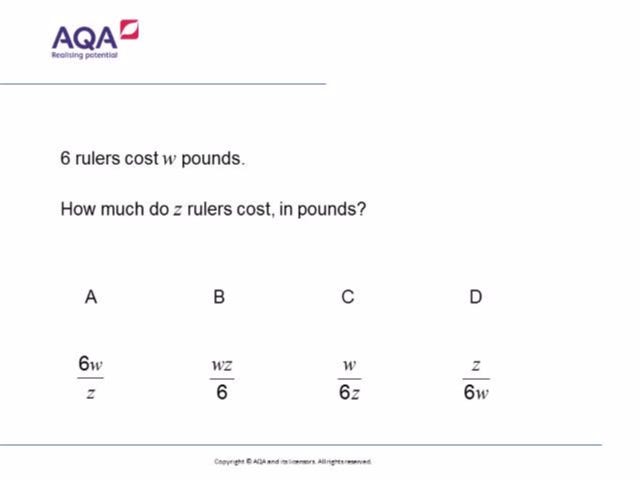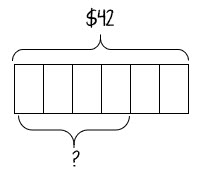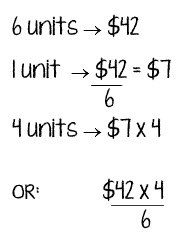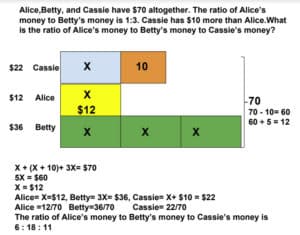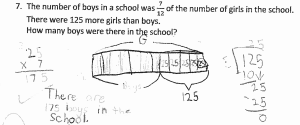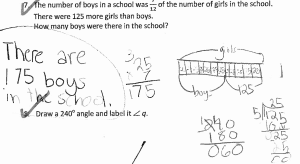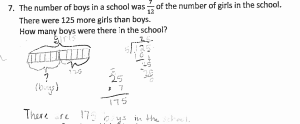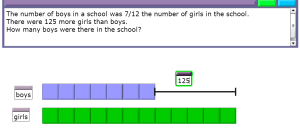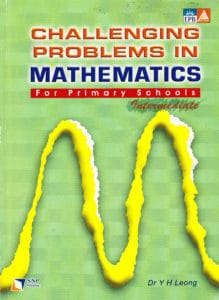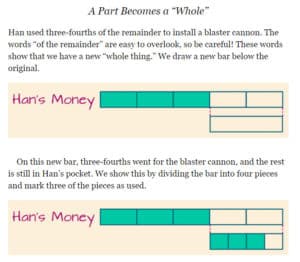I often work with international Schools where the teachers commit to two-three years and then move on to other schools and other countries. I was surprised by an email this week from a former 3rd-grade teacher I worked with at a school in China. She is now teaching in Malaysia.
Hi Cassy, I’ve moved on…but all that bar model training is serving me well at the math PD at my new school!
She included this image:
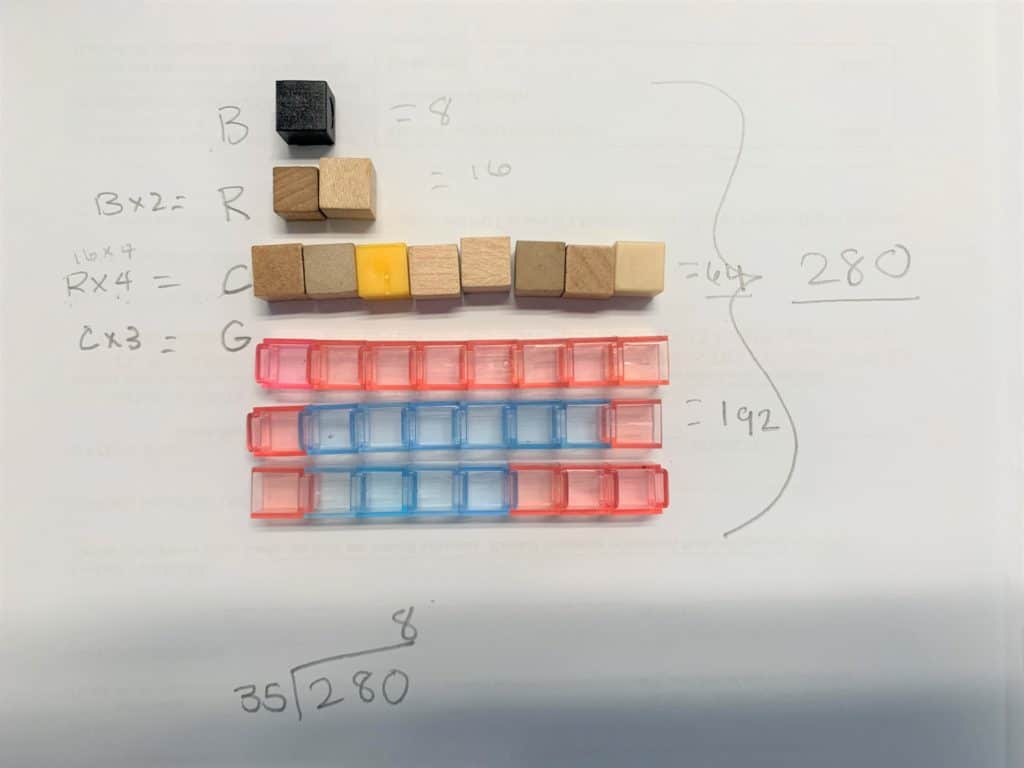
- Can you write a word problem for this bar model and the calculations?
- What grade level might this be from?
- What do you notice about the manipuative used?
- What questions can we ask based on the model given?
